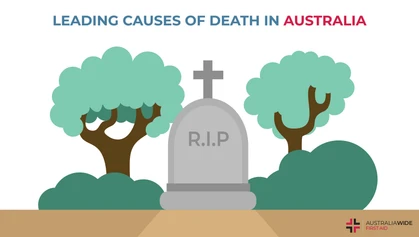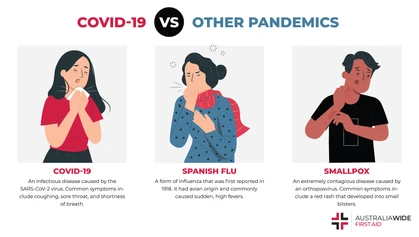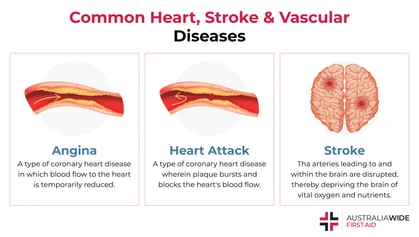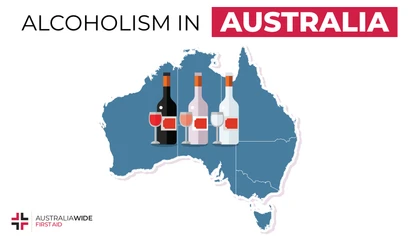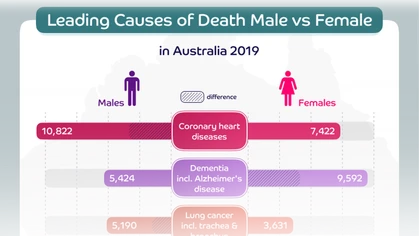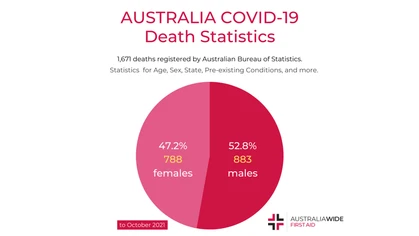Life Expectancy in Australia

Health Statistics
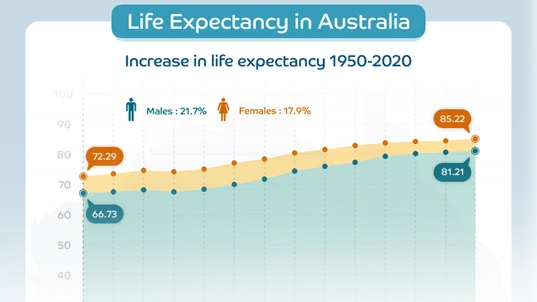
In 2019 the average life expectancy in Australia for a male at birth was 81.5 years, and for a female, 85.4 years.
Life expectancy for most Australians continues to improve as it has done so over the past century. The gap between life expectancies for men and women continues to narrow.What is the life expectancy in Australia?
- In 2019 the average life expectancy at birth in Australia for both sexes combined was 83.4 years.
- The average life expectancy for a male at birth was 81.5 years, and for a female, 85.4 years.
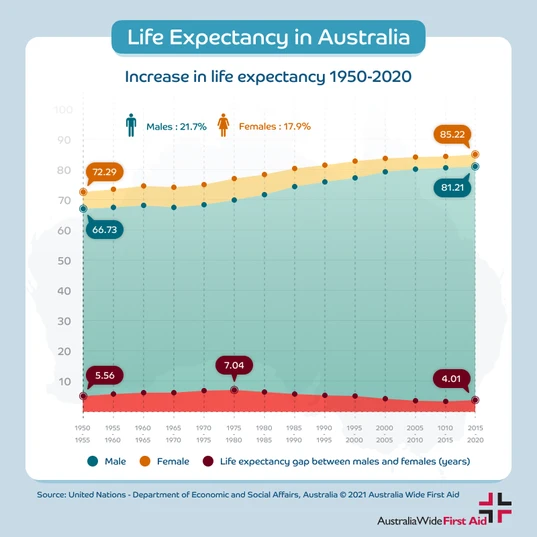
Median life expectancy
The median life expectancy is the age at which 50% of a population will die before reaching and 50% of people will live beyond.- In 2019, the median age at death in Australia for both sexes combined was 81.7 years.
- The median age at death was 78.8 years for a male and 84.8 years for a female.

Life expectancy in Australia - increase from 1950 to 2020. Males and Females
How has life expectancy in Australia changed over time?
The life expectancy of Australians has been increasing over the last century. In recent years, life expectancy has improved at a faster rate for men than it has for women. As a result, the gap between life expectancies of males and females has narrowed.- In 1980, the life expectancy at birth in Australia was 71 years for a male and 78.1 years for a female, a gap of 7 years. Life expectancy since 1980 has increased by 14.8%for males and 9.3%for females.
- The life expectancy at birth in the year 2000 was 77.1 for a male and 82.2 for a female, a gap of 5.1 years. Life expectancy since 2000 has increased by 5.7%for males and 3.9% for females.
- By 2019 the life expectancy gap at birth between males and females has narrowed to 3.9 years.
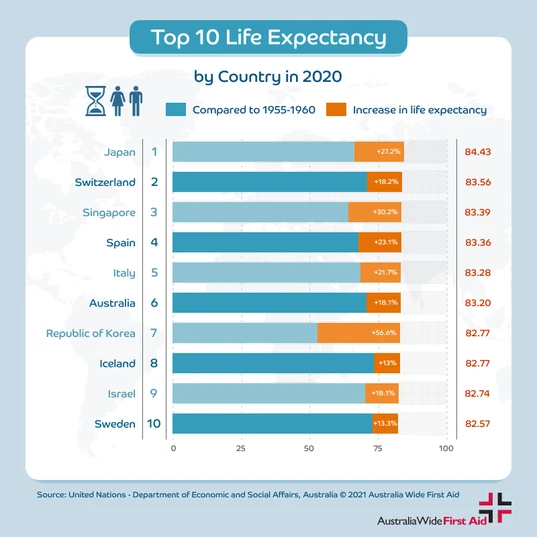
Male vs Female Life Expectancy - top 10 countries 2020
Where does Australia rank compared to the rest of the world for life expectancy?
In 2019 the worldwide average life expectancy at birth was 72.8 years for both sexes combined, compared to 83.4 in Australia, a difference of 10.6 years. Globally, the average life expectancy in the same year was 70.6 years for males and 75 years for females. This compared to an Australian average of 81.5 years for males and 85.4 for females.- Australia is consistently ranked in the top 10 countries worldwide for life expectancy at birth - and is ranked #6 globally as of 2020.
- Females in Australia can expect to live 13.9% (10.4 years) longer than the worldwide average.
- Males in Australia can expect to live 15.4% (10.9 years) longer than the worldwide average.
- Australia’s male life expectancy ranked 5th and female life expectancy ranked 8th globally in 2020.

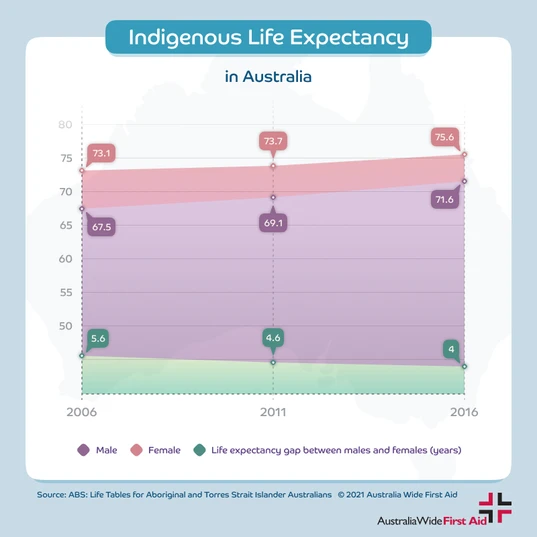
Indigenous and non-Indigenous life expectancy gap in Australia
Indigenous Australian Life Expectancy
Although life expectancy of Australians on average is high compared to that of other countries, there is a life expectancy gap between Indigenous and non-Indigenous Australians. In 2016, life expectancy at birth for Aboriginal and Torres Strait Islander Australians was an estimated 71.6 years for males and 75.6 for females. This compared to a life expectancy for non-Indigenous Australians of 80.2 years for males and 83.4 years for females in the same year – a gap of 8.6 years and 7.8 years respectively.
Related resources
Sources
- ABS: Deaths, Australia (release: 2020)
- ABS: Life Tables, 2017-2019
- WHO: Life expectancy and healthy life expectancy. Data by country (release: 2020)
- WHO: Life expectancy and healthy life expectancy. Data by WHO region (release: 2020)
- UN DESA: World Population Prospects 2019
- ABS: Deaths (release 2000)
- ABS: Life Tables for Aboriginal and Torres Strait Islander Australians 2015-2017
Originally published at
https://www.australiawidefirstaid.com.au/resources/life-expectancy-australia
as part of the Australia Wide First Aid Articles Library


